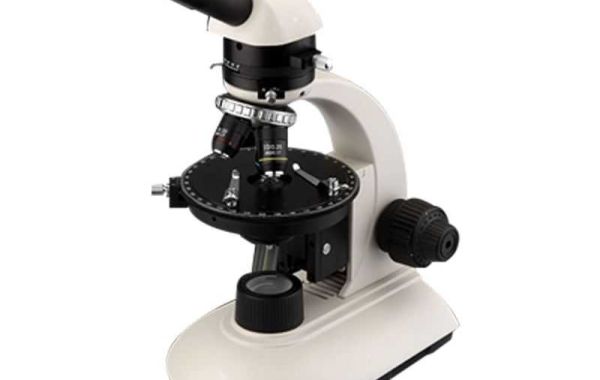Analyzing the optical characteristics of materials can be done with the help of a polarizing microscope. It's crucial to remember that artifacts might exist, though. Features that appear under a microscope but are absent from the underlying material are called artifacts. The following are typical artifacts observed in a polarizing microscope:
- Coverslip birefringence: This kind of birefringence is caused by the coverslip's birefringence. Either bands of extinction or interference colors are visible. Coverslip birefringence can be reduced by employing low-birefringence coverslips.
- Air bubbles: Within the field of vision, air bubbles may look like crescents or black circles. They might have come from the air that was trapped between the coverslip and the sample. Use a rough tool to gently push on the coverslip in order to remove air bubbles.
- Birefringence resulting from the mounting medium: The birefringence of the mounting medium causes this kind of birefringence. Either bands of extinction or interference colors are visible. Using a low birefringence mounting media will reduce the mounting medium's birefringence.
- Stress birefringence: This particular sort of birefringence is caused by stress within the sample. Either bands of extinction or interference colors are visible. A common cause of stress birefringence in samples is overpolishing or cutting.
Erroneous inferences can be made with ease by confusing artifacts with actual sample properties. For instance, birefringence brought on by stress and birefringence brought on by the presence of a specific mineral can be confused. If you notice artifacts in your photos, there might be a problem with the microscope. Such problems may include a birefringent coverslip or an objective lens that is dirty.








